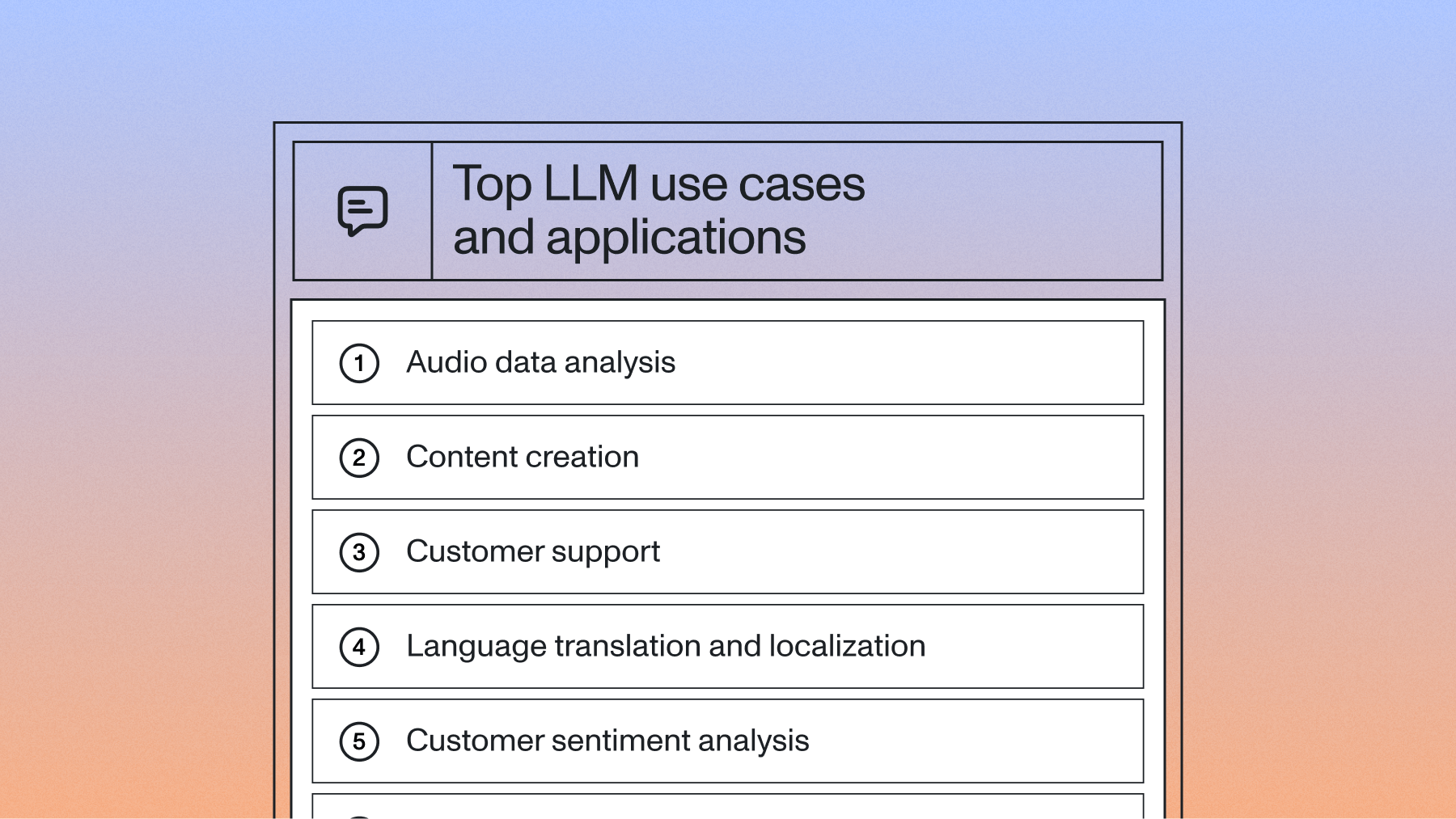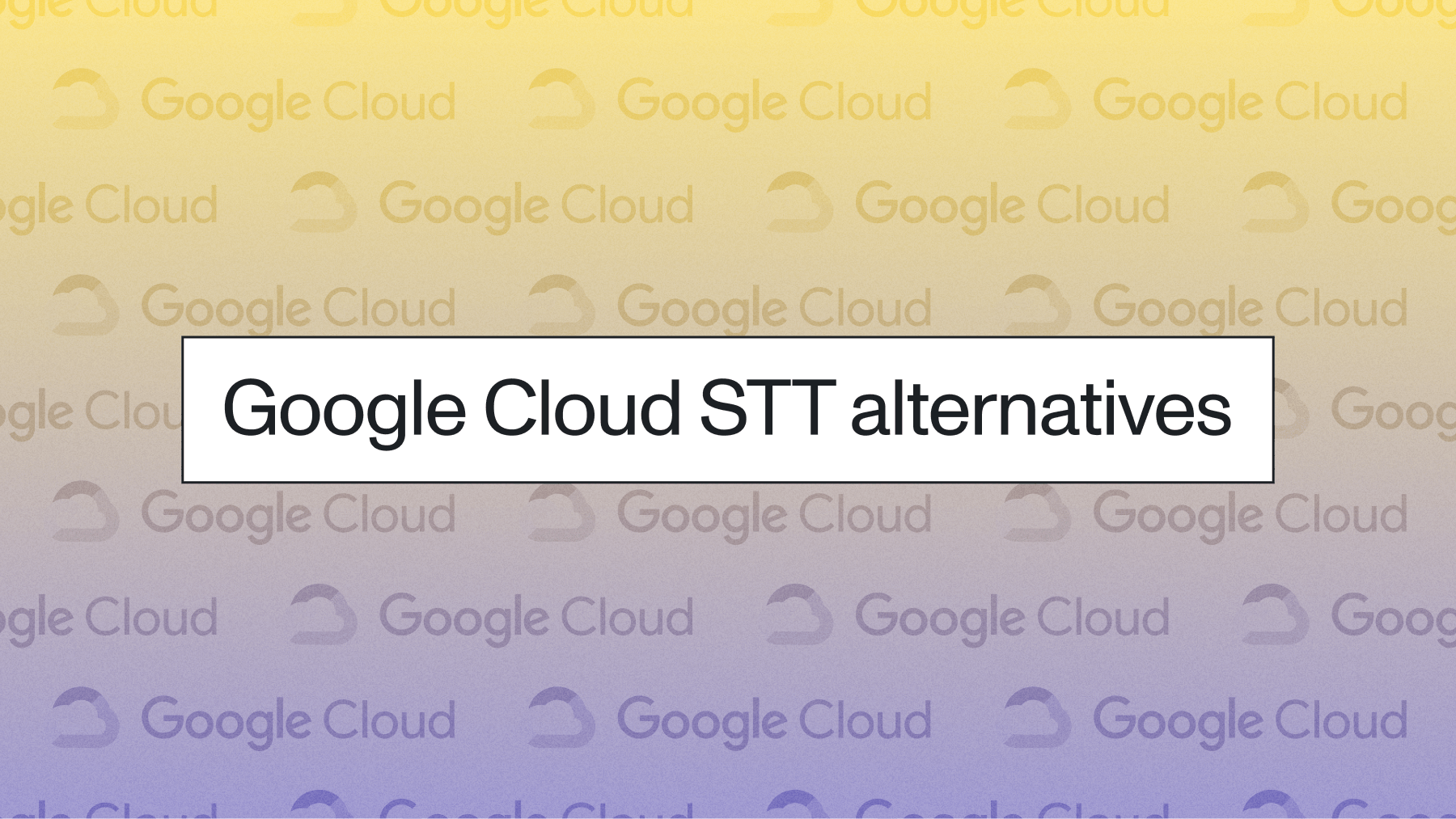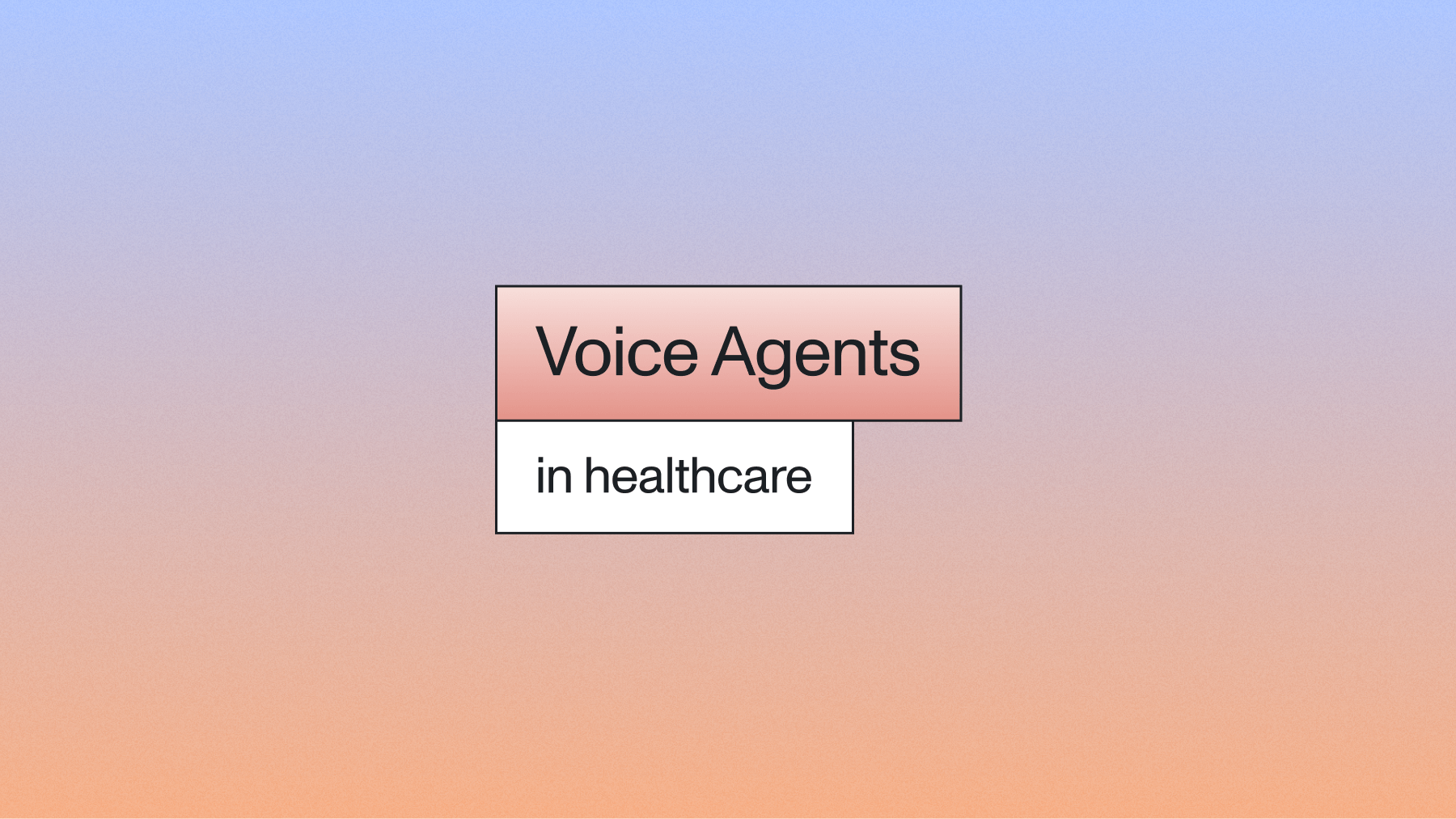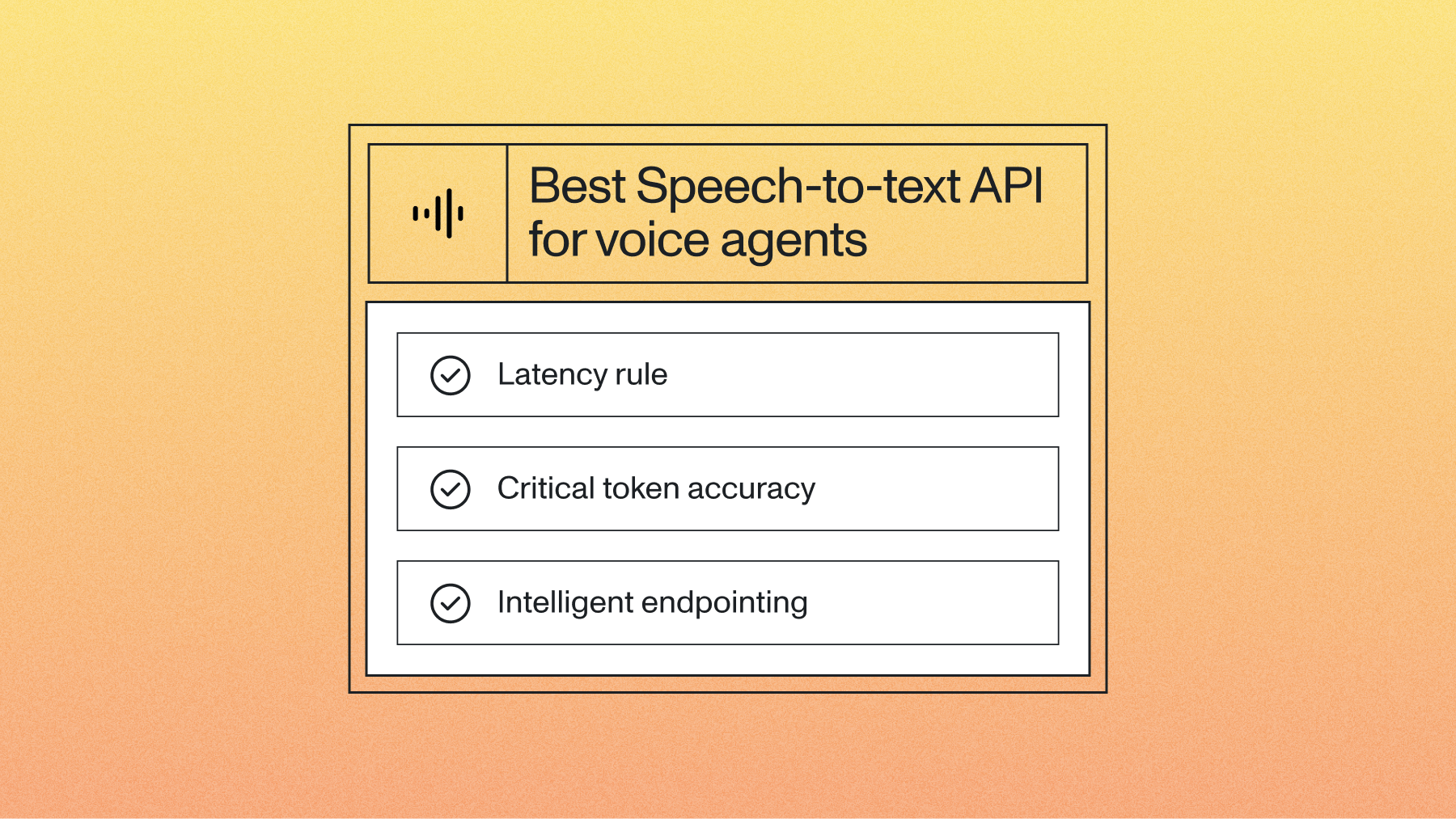The race to AI integration
We’re delivering key learnings from our 2024 Insights Report to shed light on the rapid rise of AI and what leading teams are doing to outpace the industry.



AI burst onto the scene in record speed and hasn’t slowed down since. Initially an experimental leap toward internal efficiency, AI quickly transformed into a core pillar of product strategies across nearly every industry. The mounting pressure on businesses to adopt and integrate AI has never been greater—in fact, more than 90% of organizations already have.

AI is game-changing for nearly every industry, but what exactly is driving the rapid acceleration? It turns out it’s a lot of things. Here, we’ll dive into the primary forces behind AI’s exponential growth, how businesses are using the technology, and what strategies are needed to stay ahead of competitors.
Early adoption vs. innovation
Early AI adopters pioneered a movement that perhaps was even bigger than they realized—and they had a lot of advantages in doing so. Not only were they able to streamline processes, save time, and improve customer satisfaction in ways others couldn’t, they were also able to innovate at a far faster rate than the competition. As a result, early adopters took the stage as true industry leaders and gained significant brand authority across the AI landscape.
But those glory days didn’t last long. Our 2024 Insights Report revealed that 92% of businesses have already integrated AI into their customer-facing products. That number is staggering—and one that suggests that the competitive edge AI offers is no longer just a bonus, it’s critical to business survival.

Why the rapid rise of AI?
AI technology has evolved significantly in recent years—and exponentially in recent months—with breakthroughs like OpenAI’s GPT-4. With the increasing accessibility of AI technology, businesses have been given the keys to powerful capabilities. This new open door helped to drive rapid interest and innovation across all sectors, as businesses quickly discovered new ways to improve customer interactions, streamline operations, and differentiate their products.
Applications like chatbots, recommendation engines, and predictive analytics are now commonplace among leaders in retail, finance, and healthcare. Businesses also generate mountains of data—from customer interactions, sales, and operational processes—creating massive opportunities to train and gain business-critical insights from AI models.
For example, in the customer service space, companies are integrating AI to analyze conversations, track sentiment, and offer real-time support. By understanding customer needs at scale, AI-enhanced companies can provide personalized service with minimal human intervention. By contrast, slow-to-adopt businesses may find themselves lagging behind with outdated processes, higher costs, and less customer benefits. The more industries that integrate AI, the more important it becomes to fall in line.
How are businesses using AI?

As AI technology becomes increasingly sophisticated, businesses are tapping into its potential across three key areas: Generative AI, Speech-to-Text (STT), and Streaming Speech-to-Text. Together, these tools empower organizations to boost productivity, streamline communication, and build tailored customer experiences.
AI use cases
Here are 15 real-world use cases for AI across a variety of industries.
Generative AI
Content Creation
AI tools assist content creators by generating ideas, creating summaries, and identifying key moments in video or audio. This boosts productivity and helps creators focus on content strategy.
Podcast Production
AI-based tools make podcast production more efficient by transforming notes into entertaining or informative scripts and generating episode summaries for easy sharing.
Sentiment Analysis and Customer Insights
Speech AI analyzes customer feedback to extract emotions and sentiments. Businesses can use these insights to improve customer service and product development.
Customer Service Bots
Advanced AI-driven customer service bots can interpret customer intent, respond conversationally, and escalate issues to human agents when needed. These bots can save time, reduce costs, and offer users an immediate response. Companies like Intercom and Zendesk have already integrated AI into their customer service platforms to enhance customer experience and streamline team operations.
Read more Generative AI use cases
Speech-to-Text and Audio Intelligence
Accessibility Tools
Speech-to-Text helps visually or hearing-impaired users by providing real-time captions or converting text to spoken words through screen readers.
Health Care and Telemedicine
Medical conversations are transcribed in real time for accurate record keeping and streamlined patient interactions—especially during telehealth appointments.
Financial Services
Speech-to-Text enables transcription of client meetings and briefings for transparency and compliance, capturing all interactions for secure records.
Government and Public Sector
Government organizations transcribe public hearings, meetings, and press conferences, making proceedings accessible to the community and preserving records.
Customer Service and Support
Speech AI technology provides more accurate, insightful call analysis by automatically categorizing, summarizing, and extracting actionable insights from customer calls—such as flagging questions and complaints. This delivers users key call insights without requiring them to listen to (or read) the entire conversation.
Read more Speech-to-Text use cases
Streaming Speech-to-Text use cases
Live Broadcasts
Real-time captioning for live events (e.g., sports, concerts) improves accessibility, making broadcasts easier to follow and more searchable post-event.
Virtual Meetings and Conferences
In meetings and events, live transcription tools provide immediate text for participants to follow and often integrate translation for multi-language support.
Customer Service and Support
Streaming transcription helps customer service agents document and analyze interactions in the moment, for improved customer engagement and more meaningful call data for training.
Education and Online Learning
Live transcription in classrooms and online courses supports note-taking and review, letting students focus on participation over documentation.
AI-Powered Live Assistants
These assistants use live transcription combined with natural language processing to provide real-time responses and support, improving user experience.
Read more streaming Speech-to-Text use cases
Keeping up with AI
Despite AI's undeniable edge, keeping up with its rapid evolution is not without challenges. Many organizations struggle to adapt due to technical, regulatory, and cultural factors—and as a result can be quickly outpaced by competitors.

At the most basic level, implementing AI requires significant organizational shifts—procedurally and culturally. Teams often need to reimagine workflows, redefine or organize roles, and gently impress a culture of adaptability. There is a learning curve wherever AI goes, and, without buy-in across all levels of an organization, integrating AI can meet resistance and slow down the adoption process.
AI solutions are also extremely complex—they often require specialized knowledge in data science, machine learning, and engineering. Many companies face a talent gap amidst the high demand for experts who can effectively implement and manage AI systems. Training internal teams or hiring experts costs a lot of time and money—leaving many companies under-resourced and incapable of rapid adoption.
But it’s not just the tech that’s complicated—as AI evolves, so does the regulatory landscape. Industries such as healthcare and finance must comply with strict data privacy and security regulations, which can make implementing AI challenging. Leaders must ensure that AI applications adhere to these regulations at all times, particularly with regard to sensitive data. This can be a very meticulous and painstaking process which can ultimately slow down adoption.
Preparing for the AI fast track
The race to integrate AI is well underway—but there’s a new finish line in place. Staying ahead of the curve is less about moving quickly, and more about knowing how to move well.
Our 2024 Insights Report deep dives into the strategic moves industry leaders are making to stay competitive—like the shift to multimodal—and delivers their answers to some of today’s biggest industry questions—like build or buy. Get the data on what leaders are doing to stay ahead in the race to integrate AI.
Click here to access the full research report now:
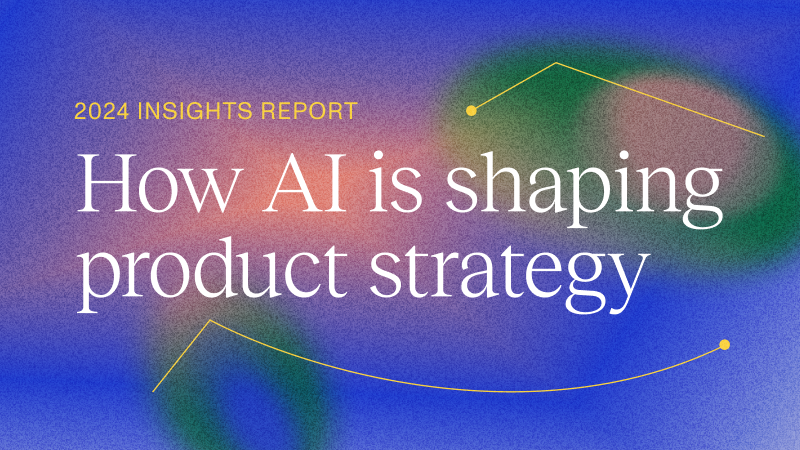
Lorem ipsum dolor sit amet, consectetur adipiscing elit, sed do eiusmod tempor incididunt ut labore et dolore magna aliqua. Ut enim ad minim veniam, quis nostrud exercitation ullamco laboris nisi ut aliquip ex ea commodo consequat. Duis aute irure dolor in reprehenderit in voluptate velit esse cillum dolore eu fugiat nulla pariatur.


